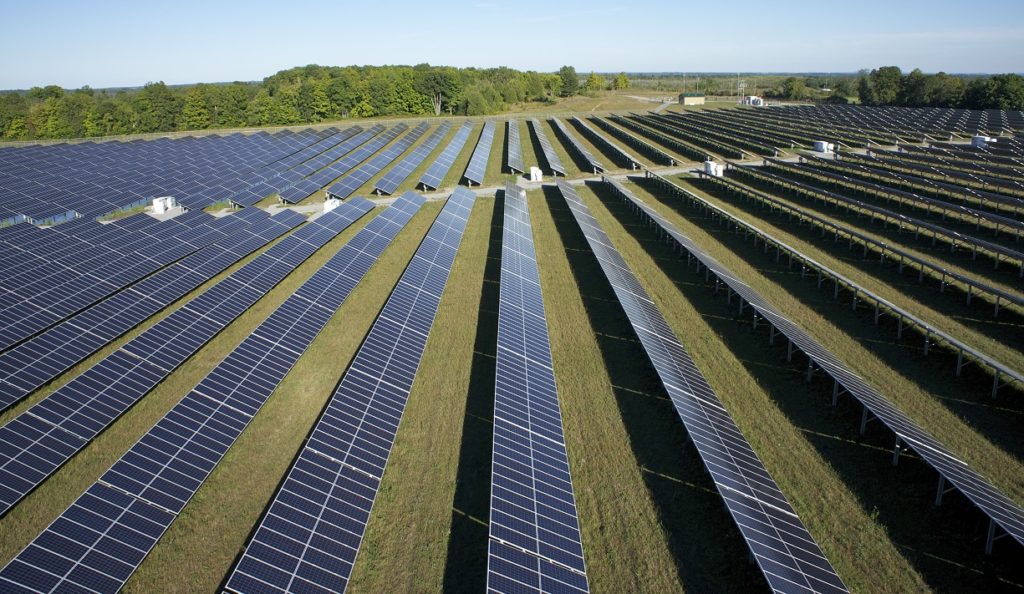
The Canadian government will invest CA$160 million (US$121 million) into nine solar PV projects in Alberta totalling 163MW and 48MW of battery storage.
The federal funding was awarded through the Department of Natural Resources’ CA$1.56 billion (US$1.18 billion) Smart Renewables and Electrification Pathways Program (SREPs) which supports renewable energy and grid modernisation projects. The 2023 budget, which introduced tax credits for renewable energy investments in March, expanded SREPs by a further CA$3 billion (US$2.2 billion).
Try Premium for just $1
- Full premium access for the first month at only $1
- Converts to an annual rate after 30 days unless cancelled
- Cancel anytime during the trial period
Premium Benefits
- Expert industry analysis and interviews
- Digital access to PV Tech Power journal
- Exclusive event discounts
Or get the full Premium subscription right away
Or continue reading this article for free
The nine projects range in size between 5MW and 65MW.
In full, they are:
- Michichi Solar LP and Kneehill Solar LP, two 25MW projects developed by Capstone Infrastructure Corporation and Sawridge First Nation.
- A 4.9MW solar project in Métis Nation Region 3 from the Métis Nation Power Authority.
- 14MW of solar PV paired with 2.9MW/8.3MWh of battery energy storage by Chappice Lake Limited Partnership, alongside Cold Lake First Nations.
- A 65MW solar energy generation project in Vulcan County, Alberta by Enterprise Solar L.P.
- A 29.5MW bi-facial solar plant, using single axis trackers, in Cardston County, Alberta from Cardston Spring Coulee Solar Limited Partnership
- Three 15MW/34MWh battery energy storage systems on the sites of existing solar arrays in Alberta, deployed by three joint ventures between Concord Green Energy and the Athabasca Chipewyan First Nation (ACFN).
Jason Schulz, director of strategic advisory services at the Athabasca Chipewyan First Nation, said: “The ACFN is excited about the bright future ahead. Through partnering with Terry Hui and Concord Green Energy…on the Coaldale, Monarch and Vulcan solar farms and the recent addition of BESS, future generations of ACFN membership will benefit from revenue streams outside of their traditional territory while further diversifying their investments and leading by example on environmental stewardship.
Jonathan Wilkinson, minister of Natural Resources Canada, said: “By working with Indigenous partners and industry, the Government of Canada is helping to unlock the economic potential of our clean technologies as we advance toward a prosperous net-zero future.”






